Minds On
How high or low can you go?
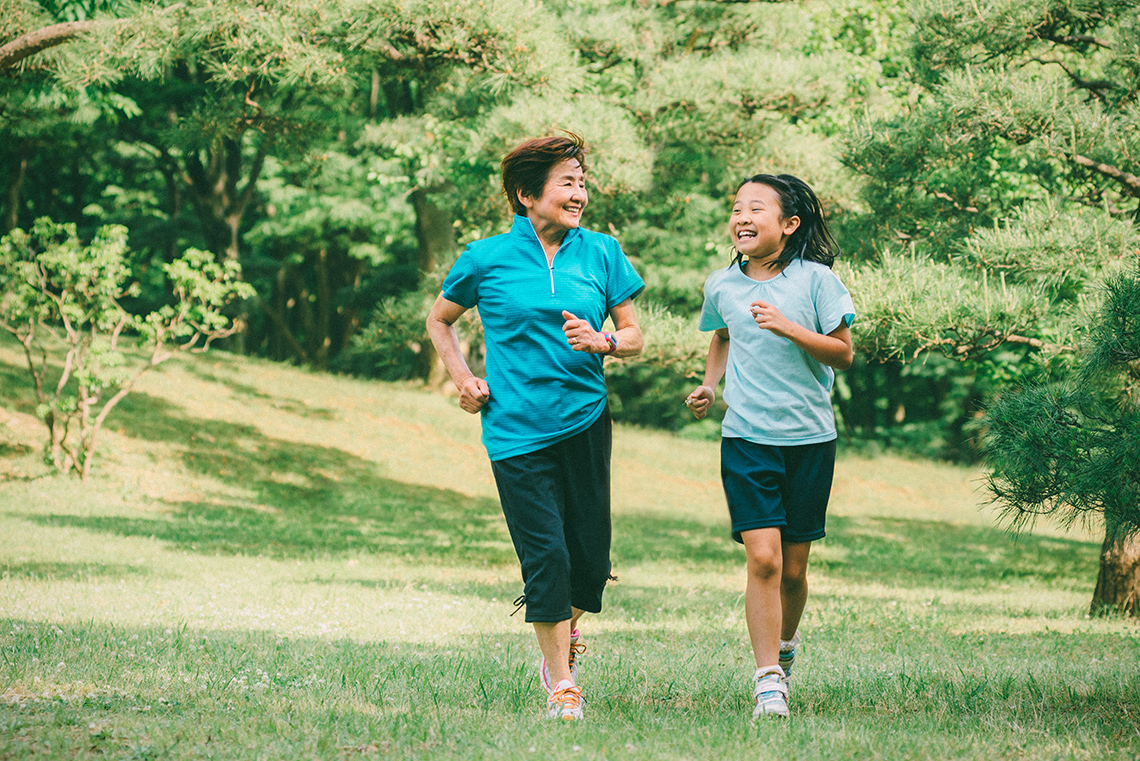
You have learned about locomotor and non-locomotor movements in the previous learning activities and how they are the foundations of how people move.
How can we make these types of movements more creative?
Examine the following images. What is similar about the way each person is moving? What is different?
Press ‘Hint’ to explore possible ideas to consider.
Notice that both people are running. What is different about how they are running? Are they moving in a straight line?
Brainstorm
Brainstorm
Everyday movements can be changed so that they become more creative. Reflect on the following questions and record your answers in a method of your choice.
- Can a person walk quickly? Can they run slowly? Explain if you think it’s possible and how.
- What other ways could you make movements more creative? Think of some ways you have learned to move and how you could make them more creative.
Action
Creative movement

The locomotor and non-locomotors skills we learned can be changed by adjusting the way we perform these movements. These changes can be broken down into three categories:
- level
- pathway
- speed
Each of these provide ways we can modify our movements and complete them in different ways.
Press the following tabs to explore the meaning of each category of creative movement.
Examples: High, low, medium, high to low
The level of movement describes how high or low to the ground the movement is.
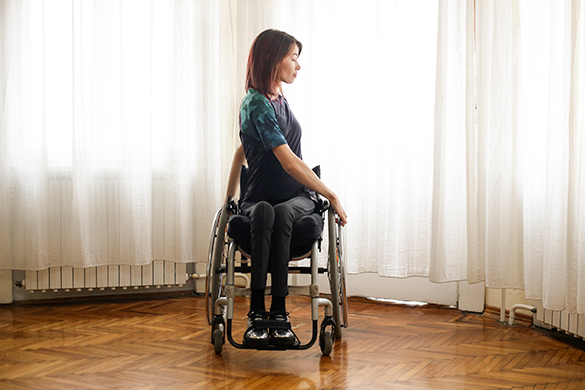
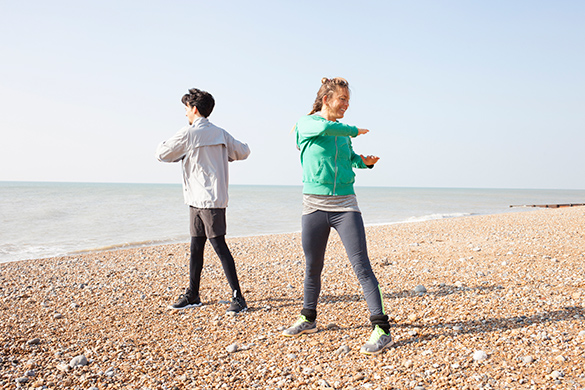
Example: Straight, curved, zigzag, waved
A pathway describes how we can move through open space. Think about a game of tag. If you are trying to avoid being caught, would you only move in a straight line?
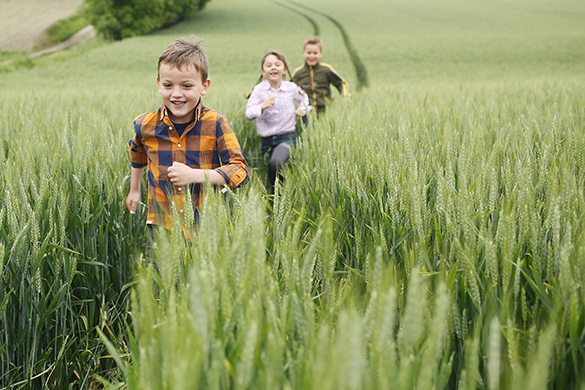
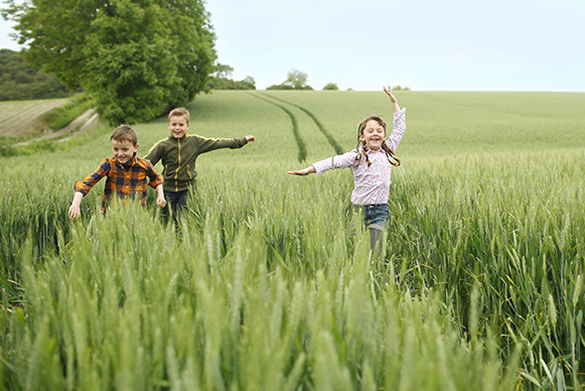
Example: Fast, slow, fast to slow, slow to fast
Access the following video to explore an example of changing speed in a movement.
Reflection
Compare the creative movements you brainstormed in the Minds On section with the three categories you just explored. How would you expand your initial list?
I like to move it!
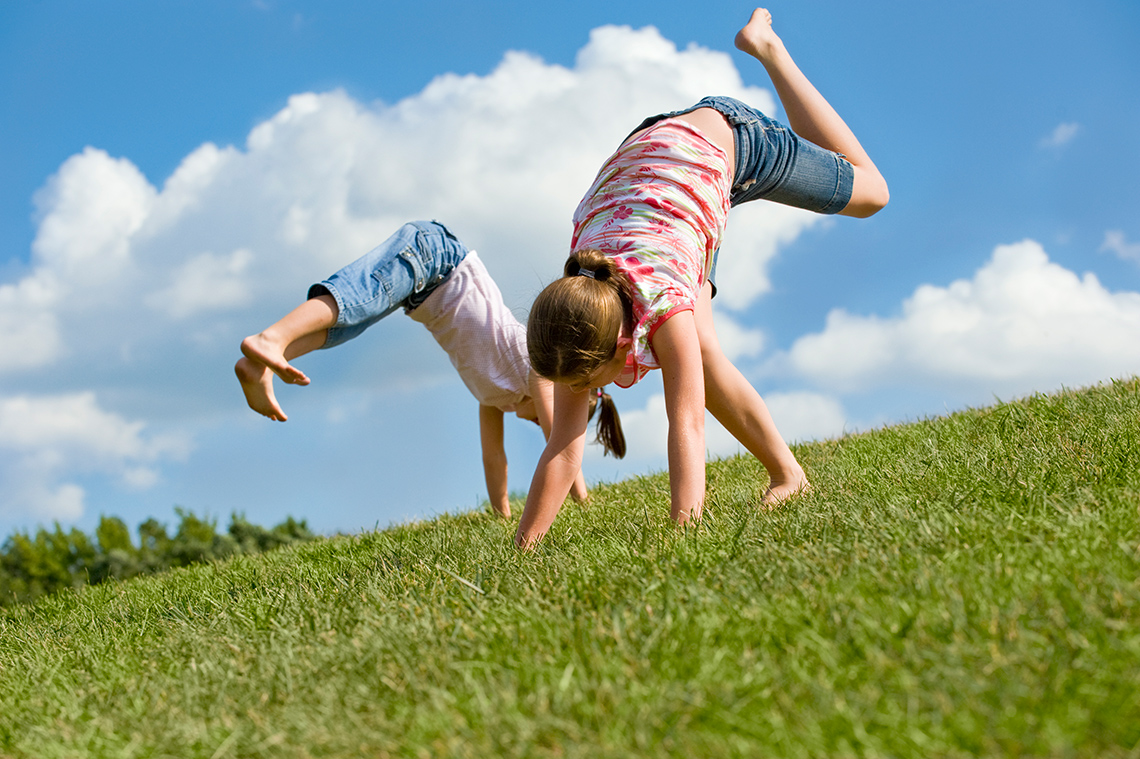
Let’s try some different types of creative movement!
Safety
Before you begin, consider these safety precautions:
Warm Up
Creative free dance
You will follow an activity that uses creative movement. The rules are simple. Move to the music in any way you like unless the instructions tell you differently.
There will be three rounds in this activity. Pick a short song that you can dance to. You will use this song for all three rounds.
Keeping it short
Consider choosing a song that is two minutes long (or shorter). You may also play only part of a song for two minutes at a time.
Press the following tabs to access instructions for each round of the activity.
Play the song that you selected for this activity. As the music plays, you may walk, run, or jog.
Play the song a second time. You may walk, run, or jog during the song, as long as you don't repeat the movement you did the first time.

Play the song that you selected for this activity. As the music plays, you may jump, hop, or skip.
Play the song a second time. You may jump, hop, or skip during the song, as long as you don’t repeat the movement you did the first time.

Play the song one last time. As the music plays, you may perform any movement you wish, as long as you don’t repeat any of the same movements from Rounds 1 or 2.

Reflection
What did you notice about the movements you were doing throughout each round? How did they change?
What were some examples of the creative movements you used?
Record your movements by completing the My Creative Movements chart in your notebook or using the following fillable and printable document. If you would like, you can use speech-to-text or audio recording tools to record your thoughts.
| Round #: | 1 | 2 | 3 |
|---|---|---|---|
| Movement used: | |||
| What made it creative? |
Press the ‘Activity’ button to access My Creative Movements.
Wax museum activity

A wax museum is a museum full of wax figures. People pay money to enter the museum and view the figures.
Imagine you are a wax figure inside a wax museum. The wax figures come to life when they observe music and go back to being wax figures when the music stops.
Movements to consider
Wax figures don’t move like humans when they come to life, so they can’t walk, jog, run, hop, skip, or do any other common human movements.
Student Success
Think-Pair-Share
Using your notebook or another method of your choice, create a list of the different movements you could do if you were a wax figure and observed music.
If you can, work with a partner and compare and contrast the movements on your lists. Did you and your partner have the same answers?
Note to teachers: See your teacher guide for collaboration tools, ideas and suggestions.
Cool Down
Cool down
We’re now going to cool down with some stretches.
Remember to take slow and deep breaths as you allow the heart rate to return to a normal pace.
Remember to perform your safety check before you begin!
Quad stretches
- If possible, stand up straight and shift weight to right leg.
- Lift left foot back and hold it with left hand.
- Pull left foot towards buttocks and feel the stretch.
- Hold the stretch for 20 seconds and repeat with the right leg.
- Repeat 5 times.
Optional: For extra support, place free hand on a nearby wall while stretching.
Seated calf raises
- If possible, sit up straight.
- Raise heels off the ground slightly and keep toes on the ground.
- Hold heels up and squeeze calves for 5 seconds.
- Return to the starting position.
- Repeat 10 times.
Let’s review
Now that you have learned more about the different ways we can move, consider the three categories of creative movement.
Select the correct answer to the following question and press “Check Answer” to see how you did.
Consolidation
Let’s dance!

It’s time to create your own creative dance routine! Consider the elements in the following chart and select four types of movement. These are all types of movements you’ve done before!
Movements
These will be your dance moves. For each movement you select, combine it with one creative modification from either the level, pathway, or speed category.
Creative movement categories
| Level | Pathway | Speed |
|---|---|---|
Student Tips
Maximizing your moves
An example of a possible dance move combination would be the movement hop paired with a modification from the level category. This would result in low or high hops.
You can also use music and props to enhance your dance routine. Demonstrate the various levels, speed, and movements in your routine.
Complete the My Creative Dance Routine chart in your notebook or using the following fillable and printable document. If you would like, you can use speech-to-text or audio recording tools to record your thoughts.
| Round | 1 | 2 | 3 | 4 |
|---|---|---|---|---|
| Movement | ||||
| Creative Modification |
Press the ‘Activity’ button to access My Creative Dance Routine.
What did you notice?
After you have designed and performed your creative dance routine, consider the following questions and record your responses using a method of your choice.
- What did you notice about the movements you performed when you modified them?
- Which movement was the hardest for you to perform? The easiest?
Reflection
As you read through these descriptions, which sentence best describes how you are feeling about your understanding of this learning activity? Press the button that is beside this sentence.
I feel…
Now, record your ideas using a voice recorder, speech-to-text, or writing tool.

